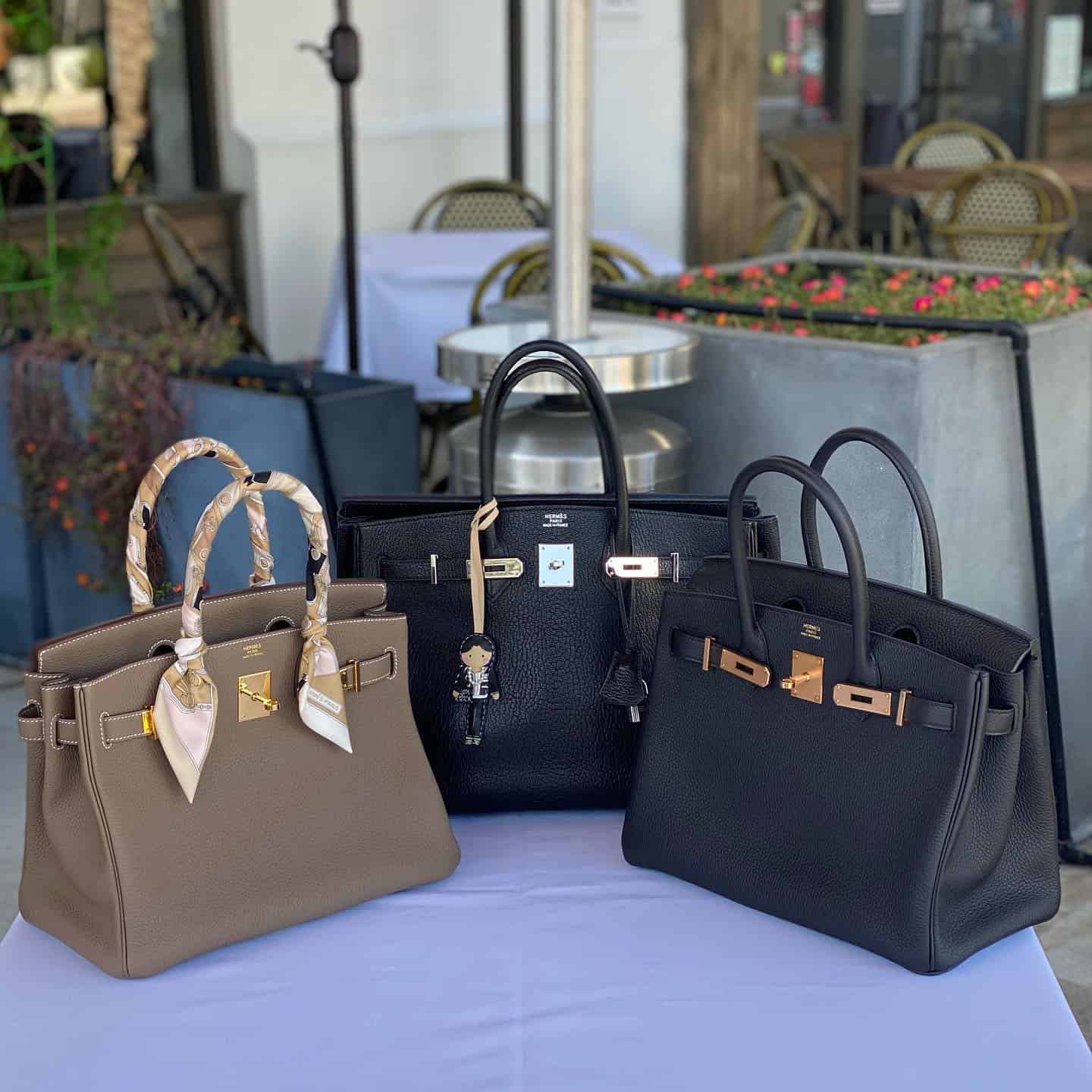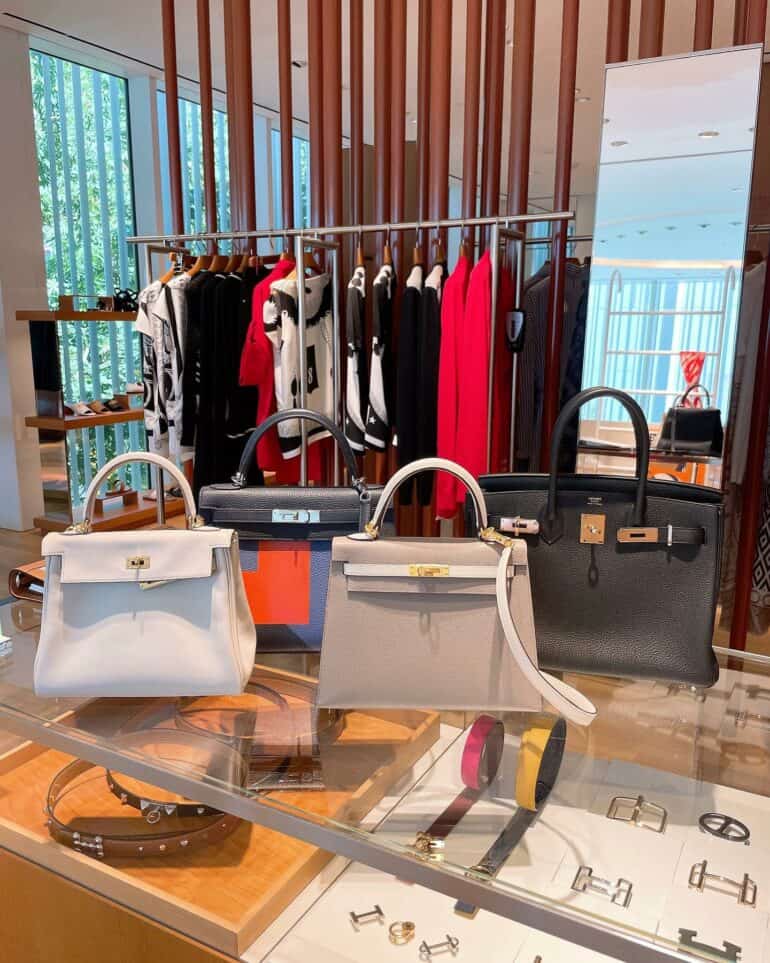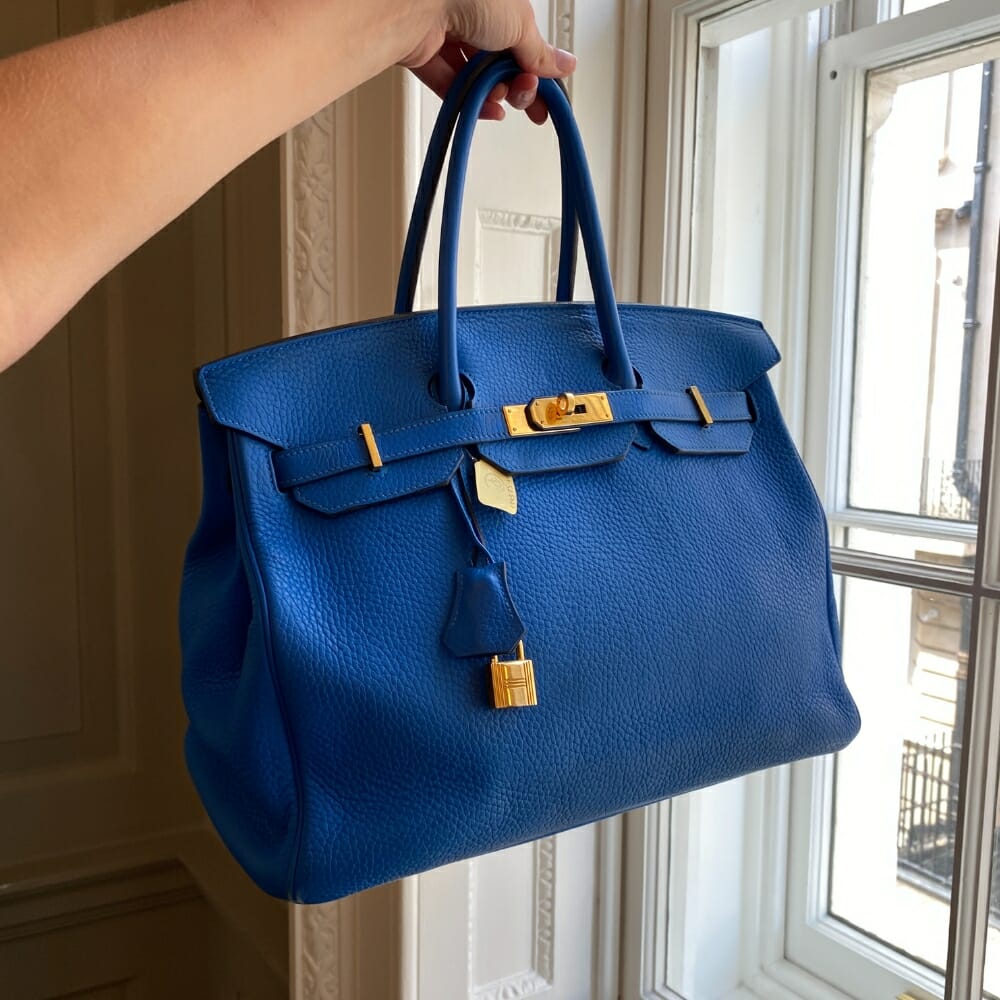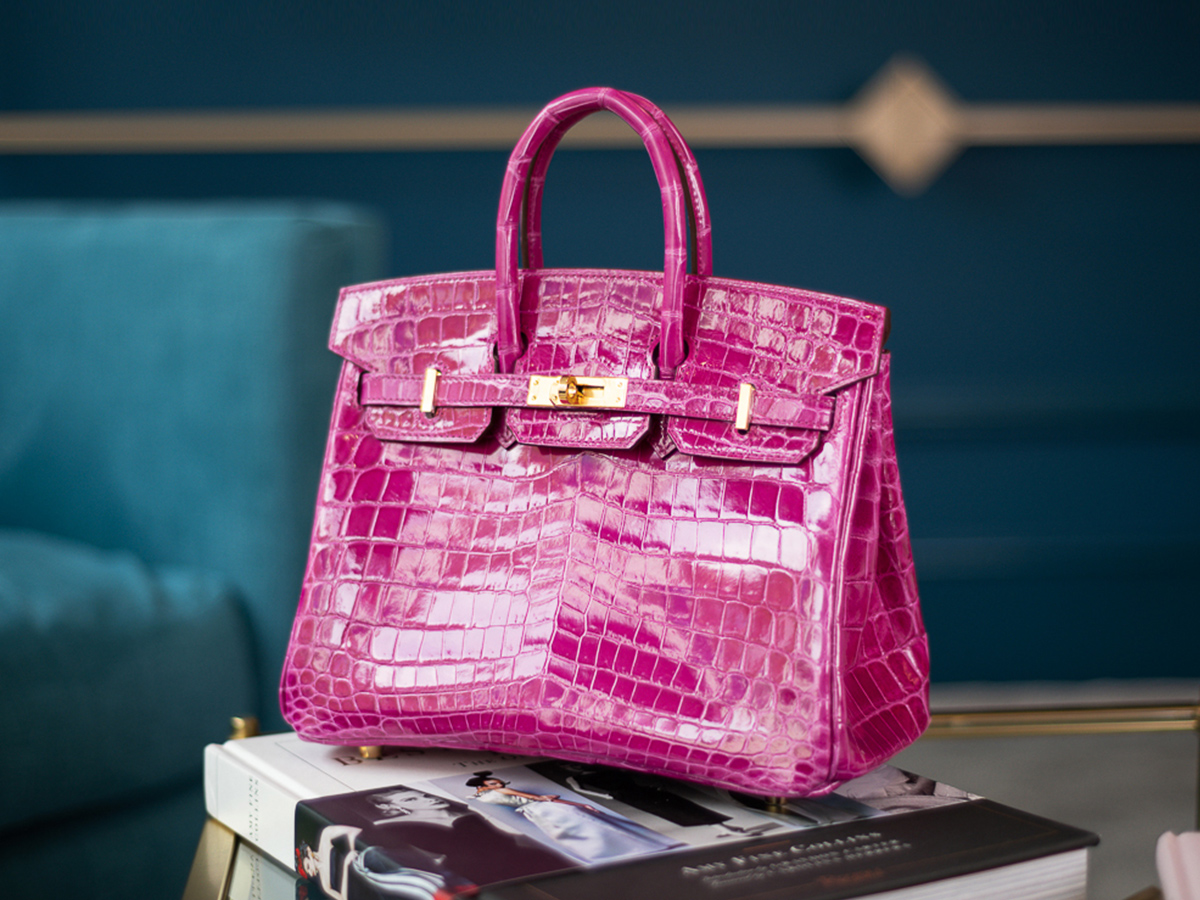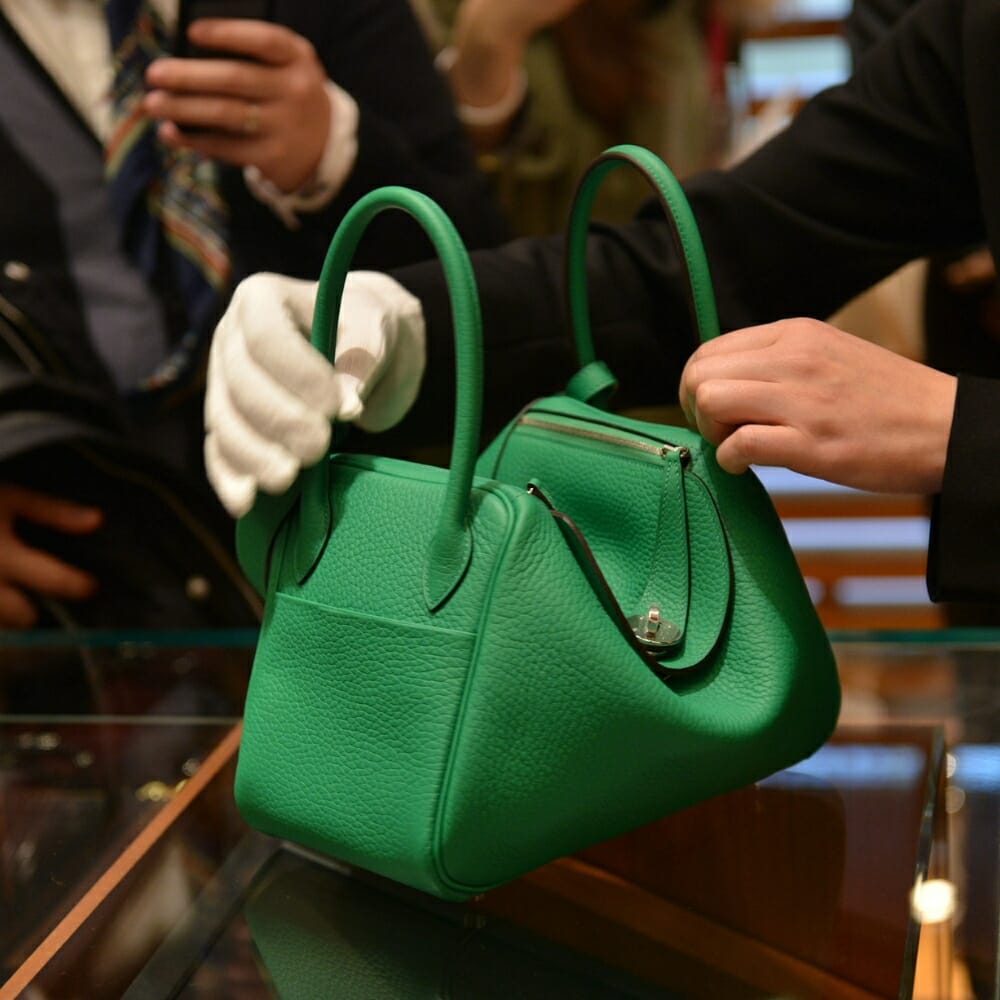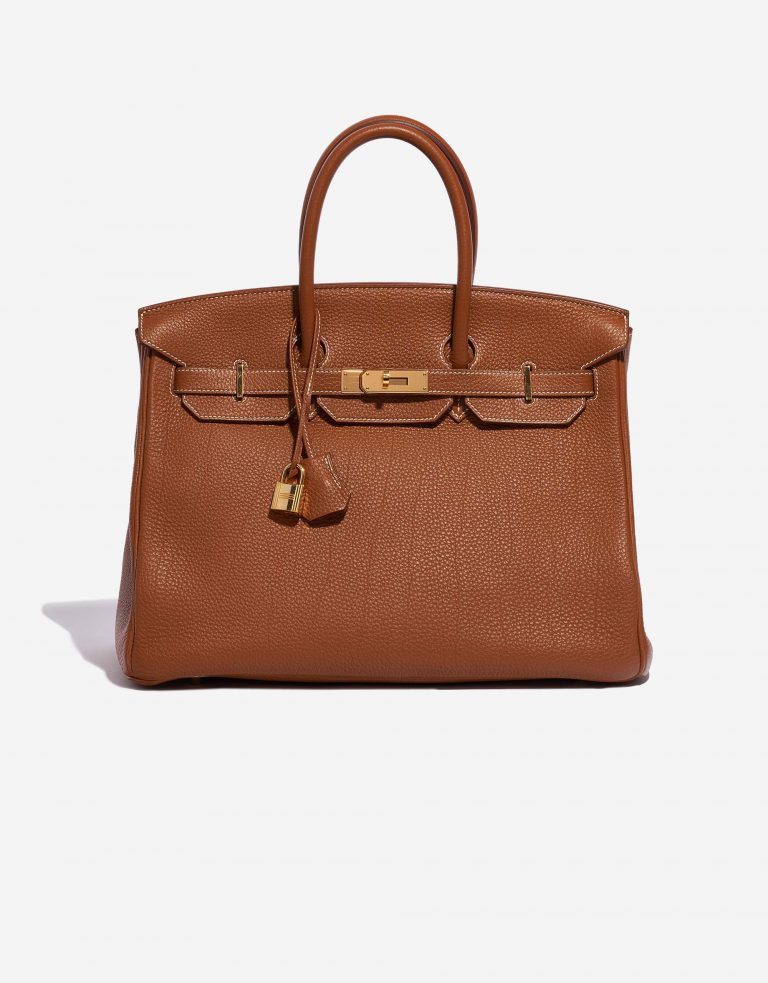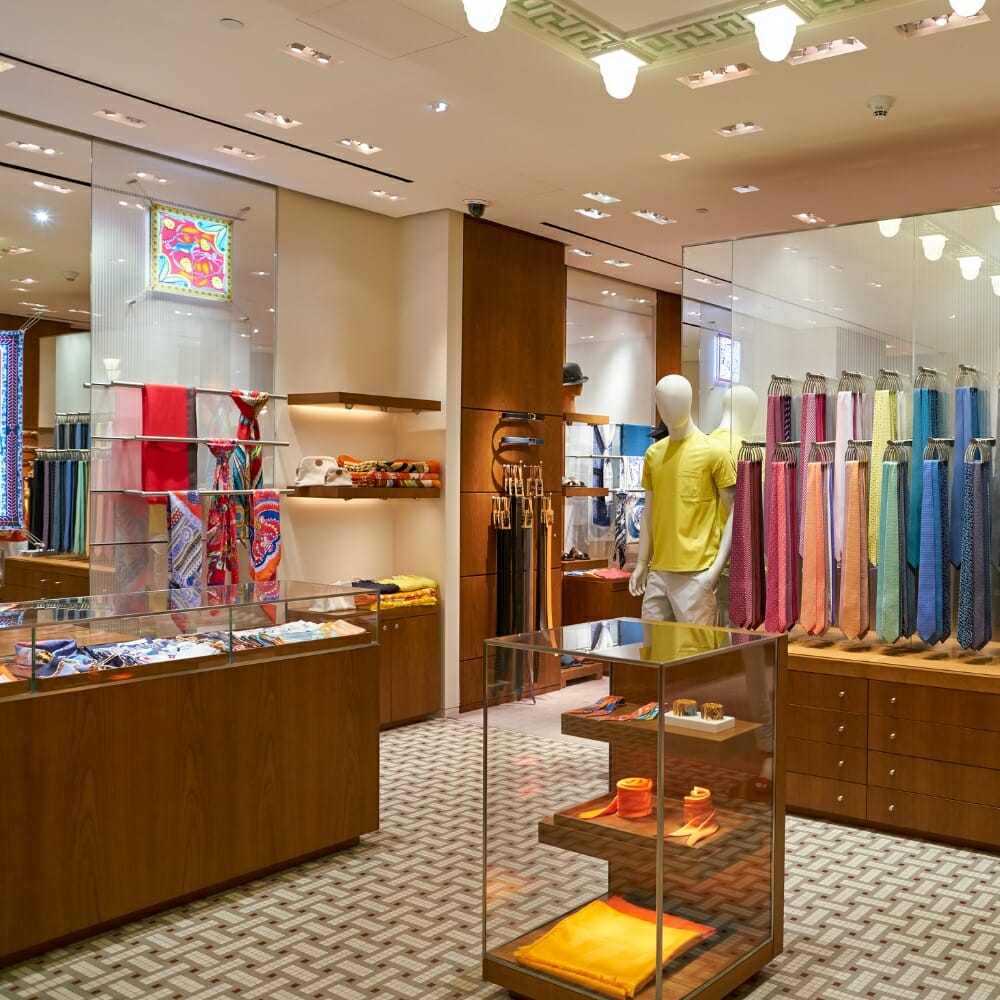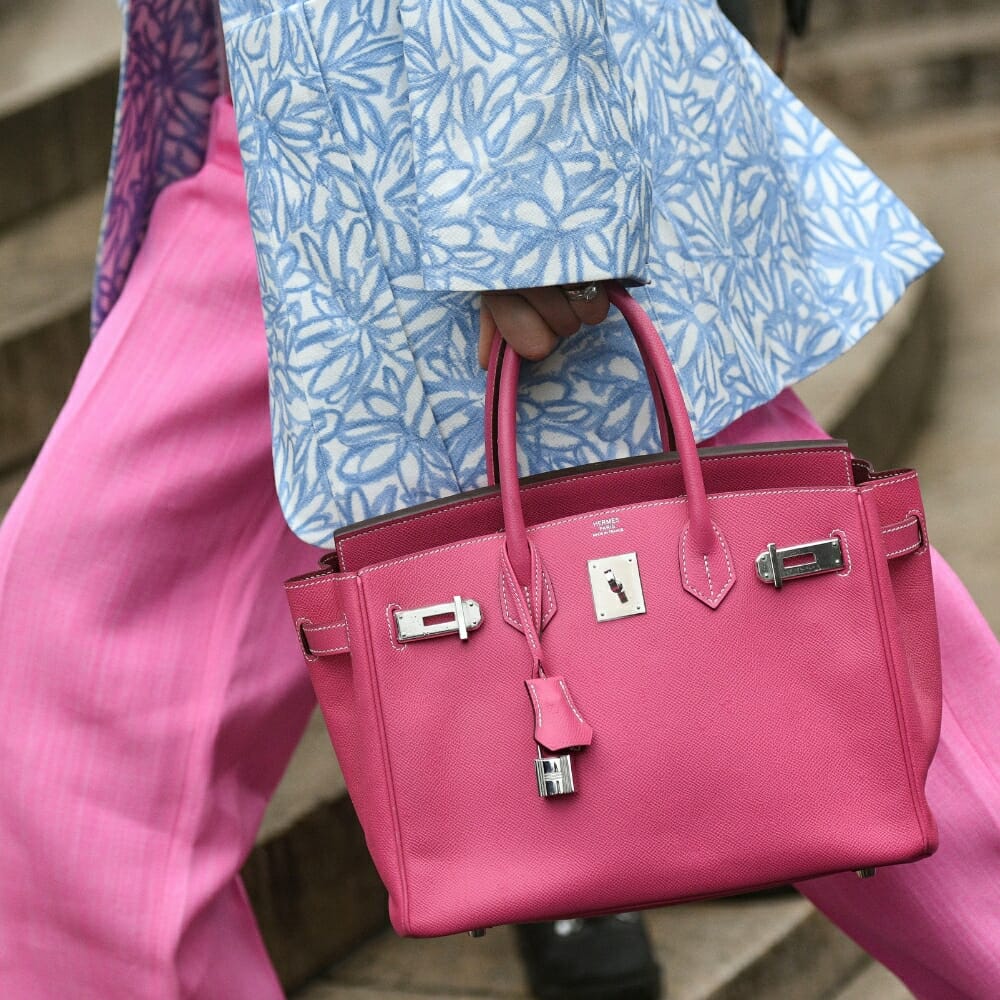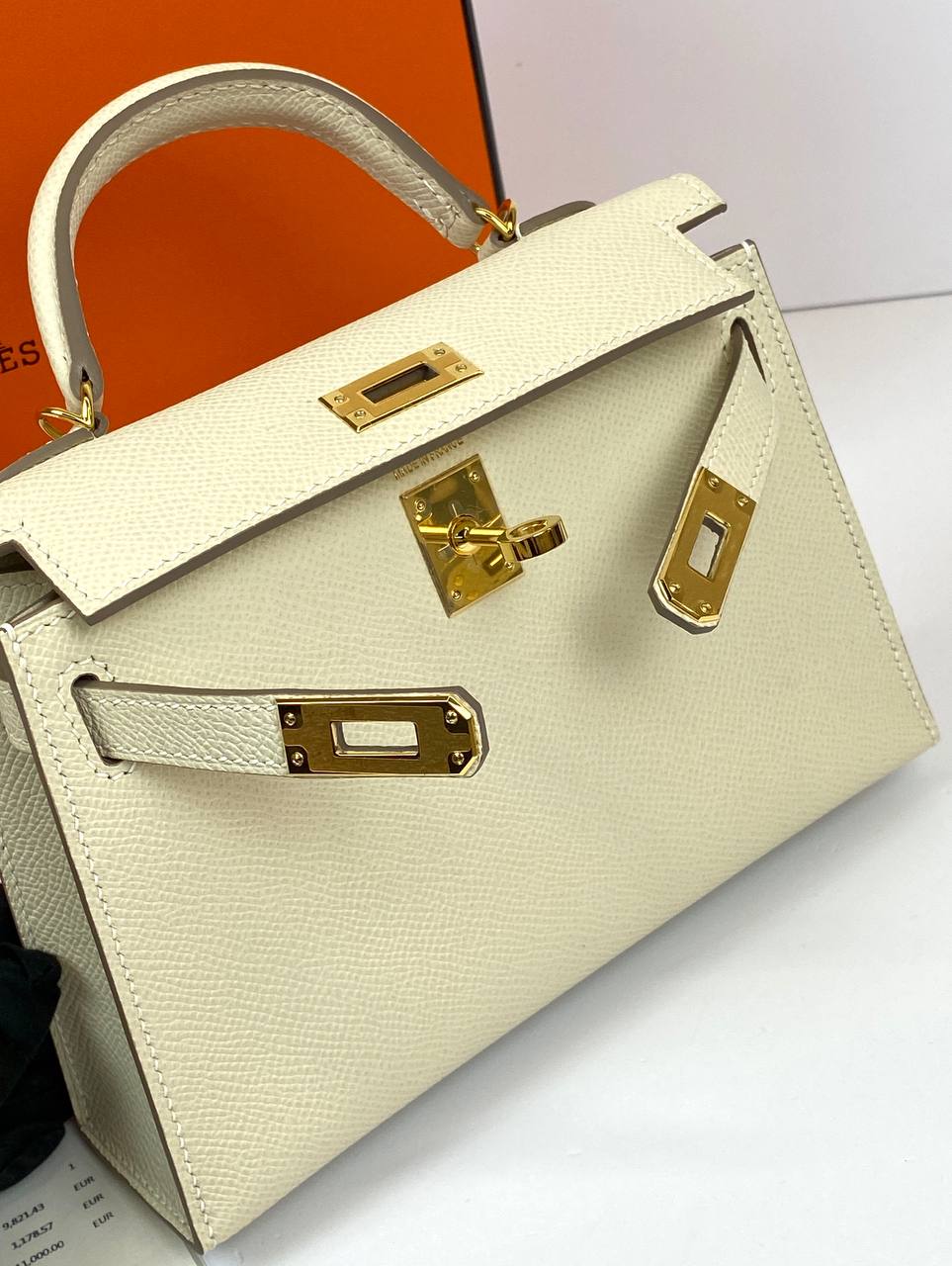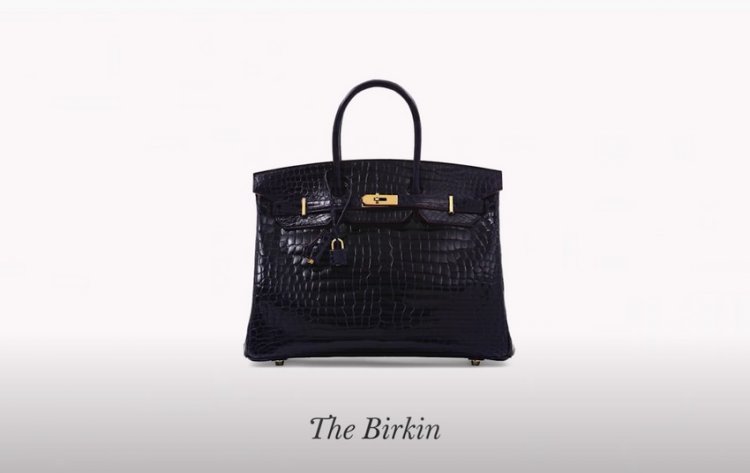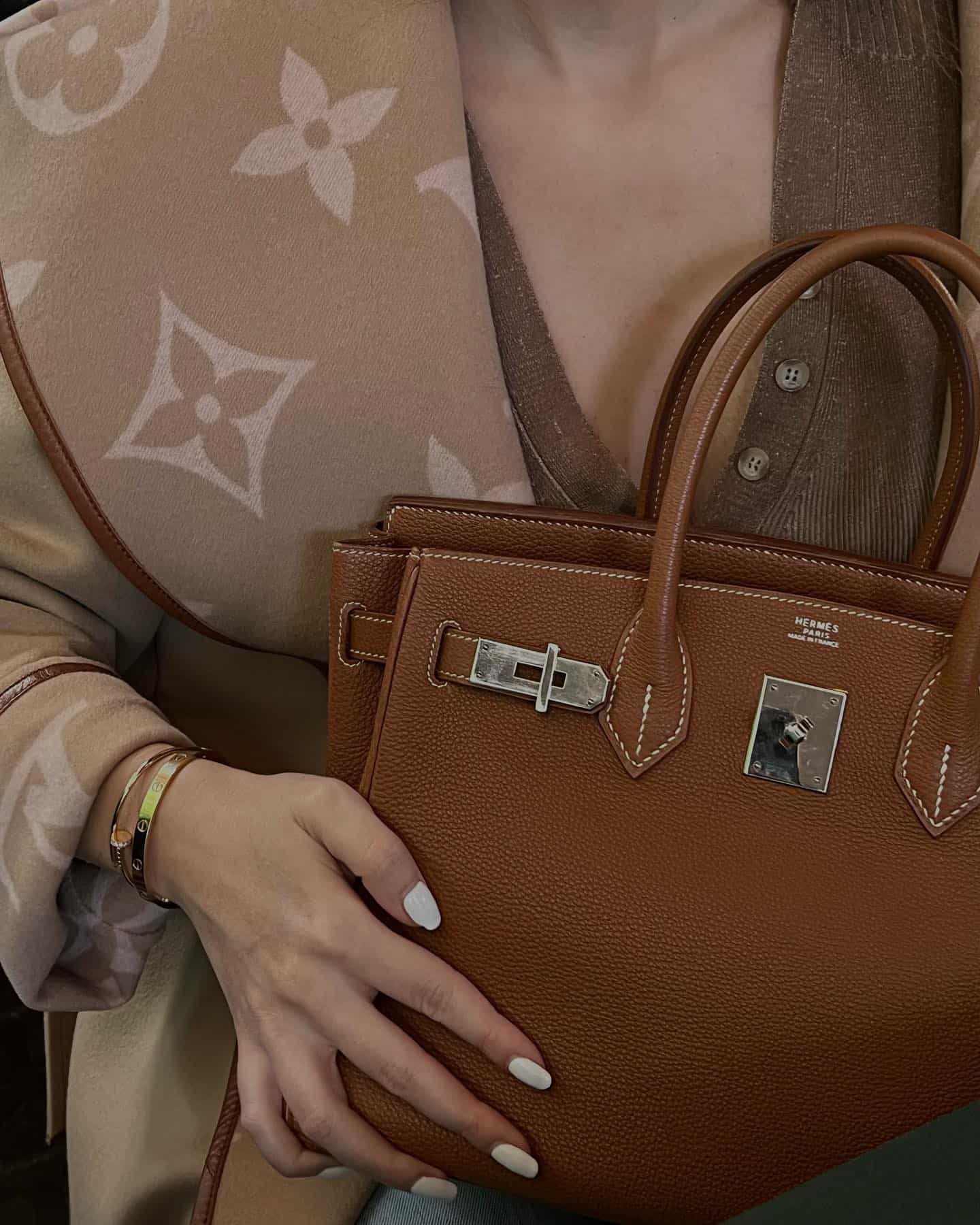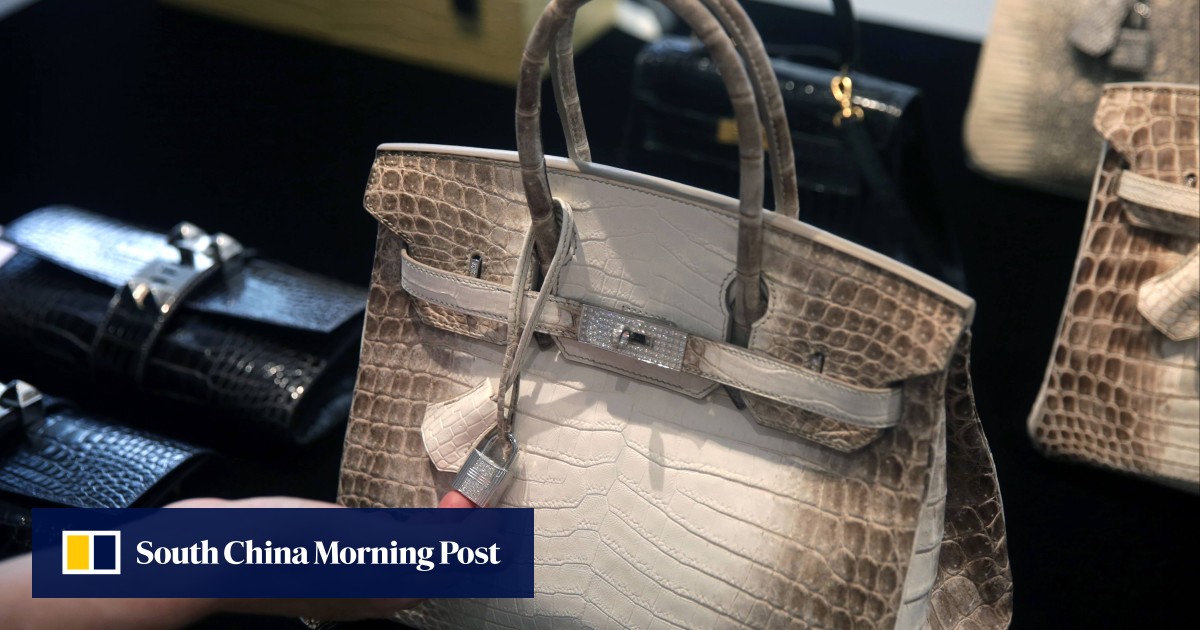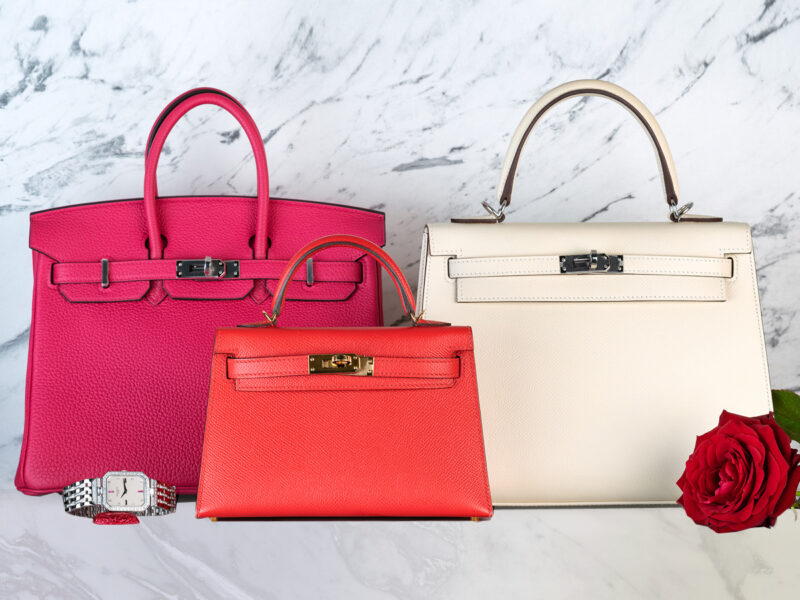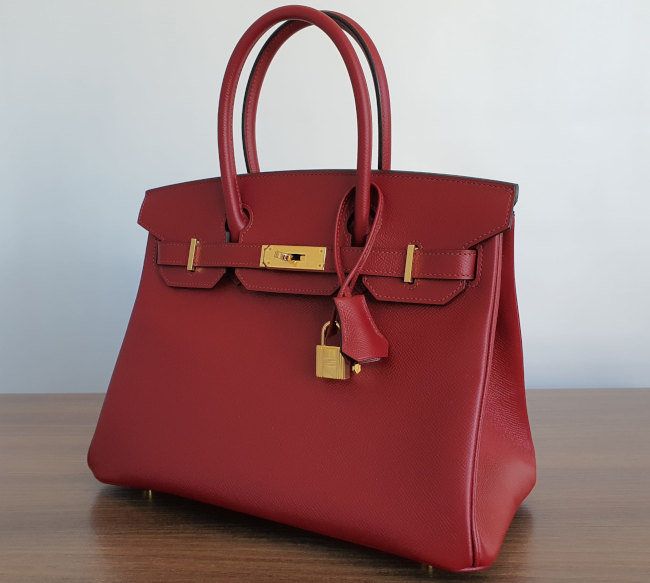Why Is Hermes Bags So Expensive
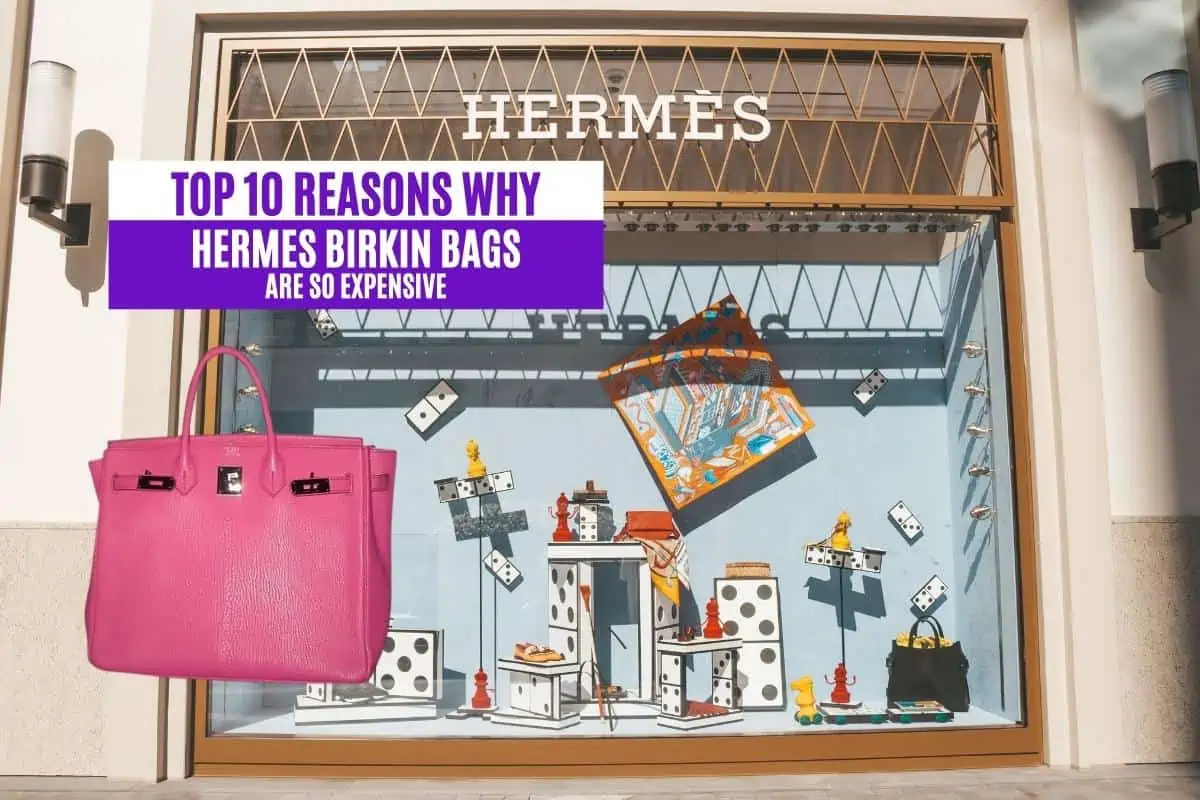
The whisper of leather, the click of a clasp, the hushed reverence in boutiques – these sounds are synonymous with the Hermès Birkin bag, an object of desire and a symbol of unparalleled luxury. But beyond the allure, a fundamental question persists: why are Hermès bags so exorbitantly expensive, commanding prices that can rival those of small apartments?
This article delves into the multifaceted reasons behind the astronomical price tags of Hermès bags. From meticulous craftsmanship and rare materials to shrewd marketing and carefully cultivated exclusivity, we will explore the factors that contribute to their status as coveted investments and enduring status symbols.
The Foundation: Craftsmanship and Materials
At the heart of Hermès' pricing strategy lies the unwavering commitment to exceptional craftsmanship.
Each bag is primarily handmade by a single artisan in one of Hermès' workshops, often requiring weeks of painstaking labor.
This artisan is responsible for the entire construction process, from cutting the leather to stitching the final seams, ensuring a level of quality control that is nearly impossible to replicate in mass-produced items.
The leathers themselves are sourced from the finest tanneries around the world.
Hermès maintains long-standing relationships with these suppliers, often securing access to the highest grades of calfskin, alligator, ostrich, and other exotic hides. The selection process is rigorous, with only a small percentage of hides meeting Hermès' exacting standards for quality, texture, and flawlessness.
These rare and exquisite materials directly impact the final cost of the bag.
Exclusivity: Scarcity as Strategy
Scarcity plays a crucial role in maintaining the mystique and value of Hermès bags, particularly the Birkin and Kelly models.
Hermès intentionally limits the production of these coveted styles, creating an environment of high demand and low supply. This controlled scarcity allows the brand to dictate prices and maintain an aura of exclusivity around its products.
Waiting lists, though officially denied by Hermès, are a well-documented phenomenon, further fueling the perception that these bags are incredibly difficult to obtain.
The purchase process itself can be an exercise in patience and building relationships. Customers are often expected to cultivate a relationship with a sales associate, demonstrating their loyalty to the brand before being offered the opportunity to purchase a highly sought-after bag.
This carefully curated exclusivity contributes significantly to the perceived value of Hermès bags.
The Hermès Brand: Heritage and Status
Hermès has a long and storied history, dating back to 1837 when it began as a harness workshop.
Over the decades, the brand has evolved into a symbol of timeless elegance and understated luxury. This heritage and brand reputation are powerful drivers of consumer demand and justify, in the eyes of many, the high prices associated with Hermès products.
Owning an Hermès bag is often seen as a status symbol, a visible representation of wealth and discerning taste.
The bags are frequently spotted on the arms of celebrities, royalty, and other high-profile figures, further amplifying their desirability and reinforcing their image as objects of aspiration.
This association with affluence and exclusivity allows Hermès to command a premium price point.
The Investment Angle: Resale Value and Appreciation
Unlike many luxury goods that depreciate in value, Hermès bags, especially the Birkin and Kelly, often hold their value or even appreciate over time. This is particularly true for bags made from rare materials or in limited-edition colors.
The secondary market for Hermès bags is thriving, with auction houses and online platforms facilitating the resale of pre-owned bags at prices that can exceed their original retail value.
This investment potential is a significant factor for some buyers, who see Hermès bags as a tangible asset that can be passed down through generations or sold for a profit.
According to a 2017 report by Baghunter, Birkin bags have outperformed gold and the S&P 500 index over the past 35 years, further solidifying their status as investment-worthy assets.
Beyond the Bag: Overhead and Marketing
While craftsmanship, materials, and exclusivity are primary drivers of price, other factors also contribute to the overall cost of Hermès bags.
These include overhead expenses associated with maintaining Hermès' network of boutiques, which are located in prime retail locations around the world. Marketing and advertising costs, though relatively subtle compared to some luxury brands, also contribute to the final price of the product.
The cost of maintaining Hermès' global supply chain and ensuring ethical sourcing practices also play a role.
The Future of Hermès Pricing
Looking ahead, it is unlikely that the prices of Hermès bags will decrease.
Demand for luxury goods continues to rise, particularly in emerging markets, and Hermès' commitment to quality and exclusivity will likely remain unchanged. Factors like inflation and potential supply chain disruptions could further contribute to price increases.
The brand may explore new materials or designs to appeal to a wider range of consumers. But the core principles that underpin Hermès' pricing strategy – craftsmanship, scarcity, and heritage – will likely remain firmly in place, ensuring that its bags continue to be coveted symbols of luxury for years to come.

